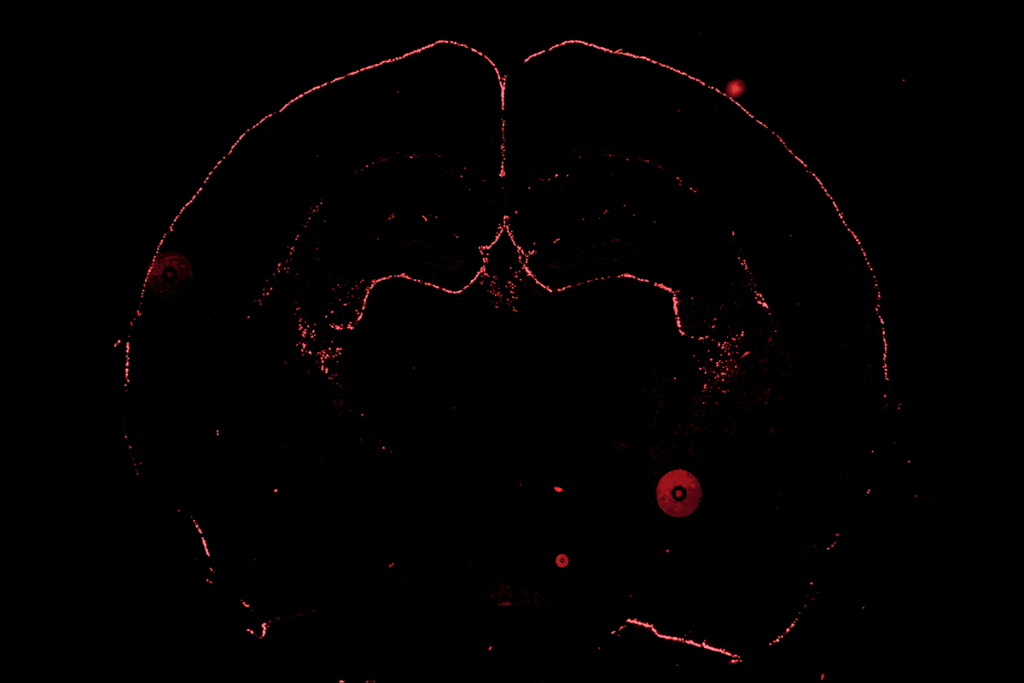Genetics: Williams risk region linked to schizophrenia
The same genetic region that is missing in people with Williams syndrome is likely to be duplicated in some people with schizophrenia, according to a study published 17 July in Biological Psychiatry.
The same genetic region that is missing in people with Williams syndrome is likely to be duplicated in some people with schizophrenia, according to a study published 17 July in Biological Psychiatry1.
Lacking one copy of the 7q11.23 region leads to Williams syndrome, a developmental disorder characterized by intense social interest. People with an extra copy of the same region have autism-like features, prompting researchers to suggest that duplication and deletion of the same region lead to opposite effects. The new study suggests that duplication of the region may also trigger schizophrenia.
In the study, researchers looked at duplications and deletions, or copy number variants (CNVs), in 554 people of Ashkenazi Jewish heritage who have schizophrenia and 1,014 controls of the same heritage. In line with previous findings, CNVs are more common in the group with schizophrenia than in controls, the study found. In particular, individuals with schizophrenia are about five times more likely than controls to have a deletion that is longer than 1 megabase.
The researchers found a duplication of 7q11.23 in two unrelated people with schizophrenia but none of the controls. Intrigued, they looked at this region in 14,387 people with schizophrenia and 28,139 controls from other population datasets. They found 11 duplications in people with schizophrenia and 1 among controls.
Previous studies linking duplication of the 7q11.23 region to autism have mainly been in children, who are generally too young to show symptoms of schizophrenia. It is possible that many of these same individuals could be diagnosed with schizophrenia later in life, the researchers suggest.
In support of this theory, the two Ashkenazi Jewish individuals identified with the duplication had severe social anxiety and language delay before developing symptoms of schizophrenia.
Some researchers have similarly suggested that individuals with a deletion of 22q11.2 — a common schizophrenia-risk region — who are diagnosed with autism may in fact have early-onset schizophrenia.
References:
1. Mulle J.G. et al. Biol. Psychiatry Epub ahead of print (2013) PubMed
Recommended reading

New tool may help untangle downstream effects of autism-linked genes

NIH neurodevelopmental assessment system now available as iPad app

Molecular changes after MECP2 loss may drive Rett syndrome traits
Explore more from The Transmitter
Who funds your basic neuroscience research? Help The Transmitter compile a list of funding sources

The future of neuroscience research at U.S. minority-serving institutions is in danger
